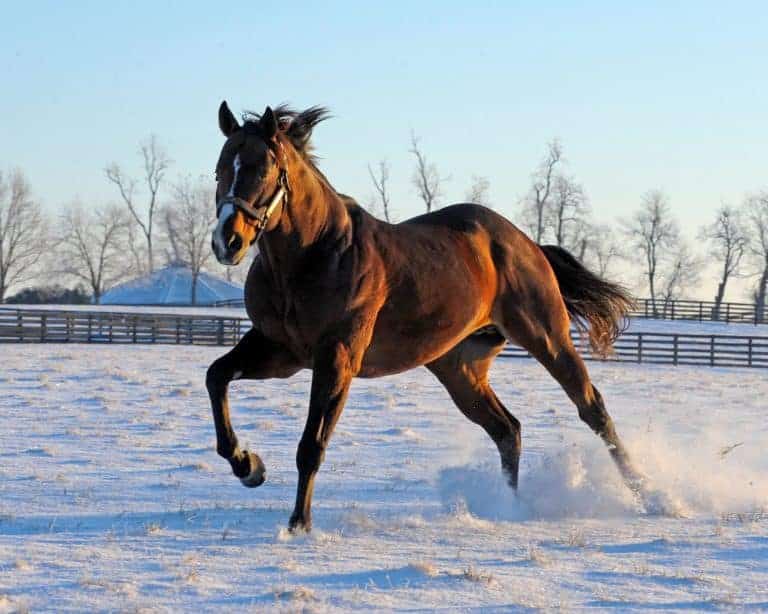Acquired Scoliosis in Equids, AAEP 2008
Scoliosis, a curvature of the spine, is most often attributed to congenital vertebral malformations, possibly associated with malposition of the fetus in the uterus. However, researchers have linked cases of acquired scoliosis presented at Cornell



















